Describe One Adaptation of Elephants That Helps Them Survive
Their nostrils close so when they swim they can breath under water. Tibetans seemed to have evolved genetic mutations that allow them to use oxygen far more efficently without the need for extra hemoglobin.
Uw L Homepageasian Elephant Ele
1 A skin colour which helps them to camouflage mix up with the surroundings and hide in order to catch prey or protect themselves from predators.
. The Adaptations of Elephants for Survival Size. An example of a structural adaptation is the way some plants have adapted to hot dry deserts. Up to 24 cash back This is a picture of some of them.
Other adaptations are behavioral affecting the way a living thing acts. Whereas humans have hair to keep us warm elephants hair helps keep them cool. The zebra adaptations for survival discussed in this write-up will help you get a better picture of survival adaptations in African savannas.
Similarly elephants have short necks and use their elongated trunks for multiple purposes such as for. An elephants size can help to deter predators and tusks can be used for defense and to dig up roots out of the ground. They are white which helps them blend in with the snow.
Adaptive Features Adapted by Elephants for Living in the Tropical Rainforest They have a strong sense of smell and uses their trunk for smell. They also use their trunk to hold food. Elephants massive size is a great anti-predator adaptation.
Reptiles have thick scaly skin to help prevent water loss. Most of them are nocturnal and are mainly active at night when it is cooler. 3 Development of trunk tusks and large ears and feet.
Elephants sparse hair aids in regulating their body temperature. The other area to which the heated blood can be diverted are the blubber-free flippers which the elephant seals are constantly flexing to help keep their. It is widely accepted that the first bird Archaeopteryx lithographica evolved approximately 150 million years ago.
In general we can see that the limited area for movement is one of the main reasons why large animals like the lions zebras giraffes and elephants prefer to thrive in the savannas. To help them stay cool on land this system can divert the heated blood to two areas of the body. The hair acts as pin-shaped cooling fins which work to keep them comfortable by creating more area to release heat and push it away from their bodies.
Structural and Behavioral Adaptations Some adaptations are structural. That means they are a physical part of the organism. When youre a large creature with a short neck a trunk is an extremely useful part.
Adaptations are special features that allow a plant or animal to live in a particular place or habitat. Since then many adaptations have been sculpted by natural selection making birds the unique group they are today. The primary area to which it is diverted is the skin where the heat is expelled into the air.
Plants have adaptations to help them survive live and grow in different areas. One of the best examples of dietary adaptation in grassland animals can be seen in bison species. Although theyre technically prey animals rather.
If they did not have nostrils that close underwater they would not be able to hunt for food. The elephant has adapted to the rainforests in its own unique way. Elephants have a well developed trunk that helps them in both foraging for food and in drinking water.
They have long ears which help them in keeping cool in a hot and humid climate. It has a nose in the form of a long trunk which is equipt with a strong sense of smell. It is estimated that nearly 60 percent of elephant feces is undigested or partially digested vegetation.
These adaptations help birds to survive and thrive in all environments on every area of the planet. The elephant has a thick layer of skin to protect it from the heat. These bovine animals sport flat-topped teeth which makes it easier for them to feed on grass.
They also have tusks that are made of. Plants called succulents have found a way to survive. One example of behavioral adaptation is how emperor penguins in Antarctica crowd together to share their warmth in the middle of winter.
They also have a greatly developed sense of hearing and smell that helps them find out any. Elephants have special structural features such as tusks trunks teeth ears and size that help them adapt and survive in their habitats. Having its food requirement is met entirely living on the trees it rarely comes down.
63 Formative Assessment 1. Studies have also revealed that the digestive system of a bison and other herbivorous species is adapted for the digestion of grass. This poor absorption of nutrients is one of the reasons why elephants are considered a keystone species.
Their big ears help them to stay cool with their many blood vesselswhere hot blood becomes cool blood. The elephant picks up its food using this. Elephants eat enormous amounts of vegetation daily but the digestive system only uses about 40 percent of the intake.
Describe one adaptation that may help an animal survive in the taiga. Describe two desert animals and the adaptations that help them survive-Gila monsters have thick scaly skin that prevents them from have issues with water loss-Fennec foxes are nocturnal this benefits them because at night it is cooler in the desert then during the daySo being nocturnal helps prevent sunheat exposure for the animal. Another adaptation developed by rainforest animals is nocturnality.
Some more physical adaptations are that it has a trunk used for lifting things which is about 5 feet tusks for digging and eating and their big circular shaped ears 4 ft that help cool them down. Zebra Adaptations - Animal Sake African savannas are full of predators like the lions cheetahs and hyenas and the herbivores here have to be extra cautious when it comes to survival. Long ears help them in hearing the.
2 Running very fast. Elephants have many adaptations that allow them to thrive in their warm habitats. Organisms can also exhibit behavioral adaptation.
Describe two desert animals and the adaptations that help them survive. Then some of the behavioral adaptations are that the elephants use.
Uw L Homepageasian Elephant Ele

How Do You Break The Mind Of An Elephant
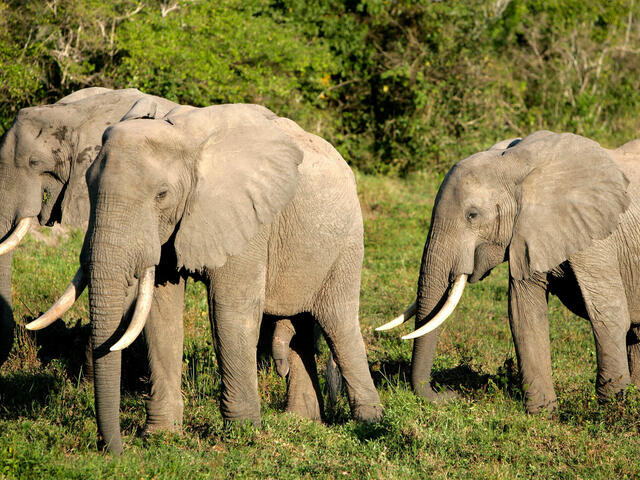
African Forest Elephant Species Wwf
Adaptations Ecology Of The African Bush Elephant

Elephant Adaptations Animal Adaptations Elephant Adaptations Adaptations
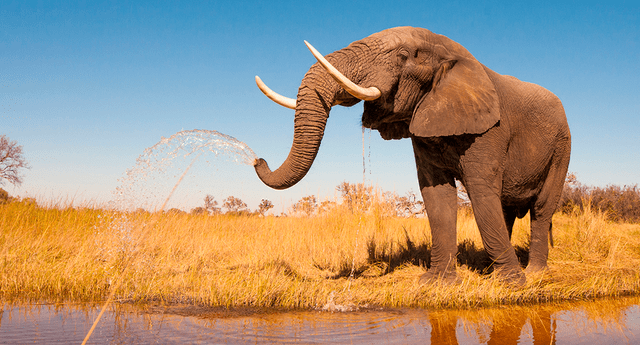
Elephant Behavioral Adaptations You Must Know Notes Read
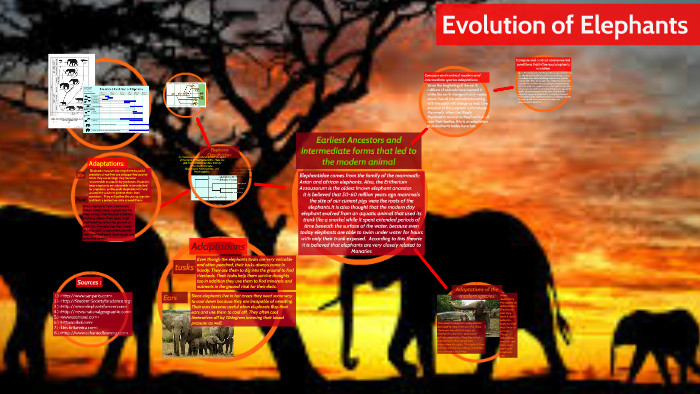
Evolution Of Elephants By Camille Sanchez
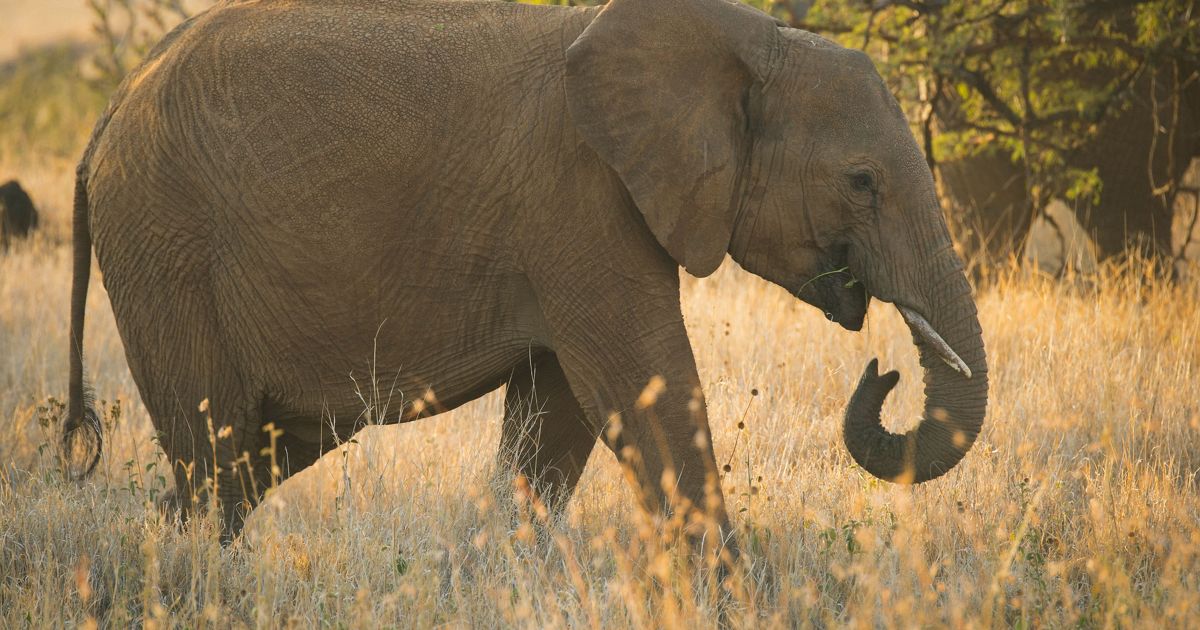
African Bush Elephant The Nature Conservancy
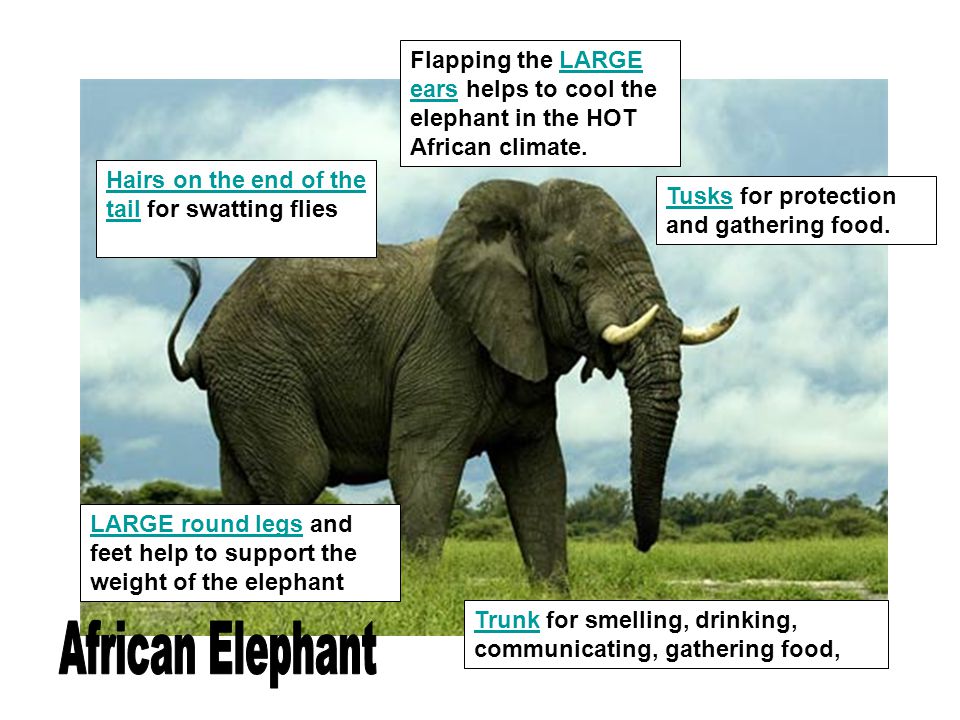
Animal Adaptation Lessons Blendspace
Uw L Homepageasian Elephant Ele
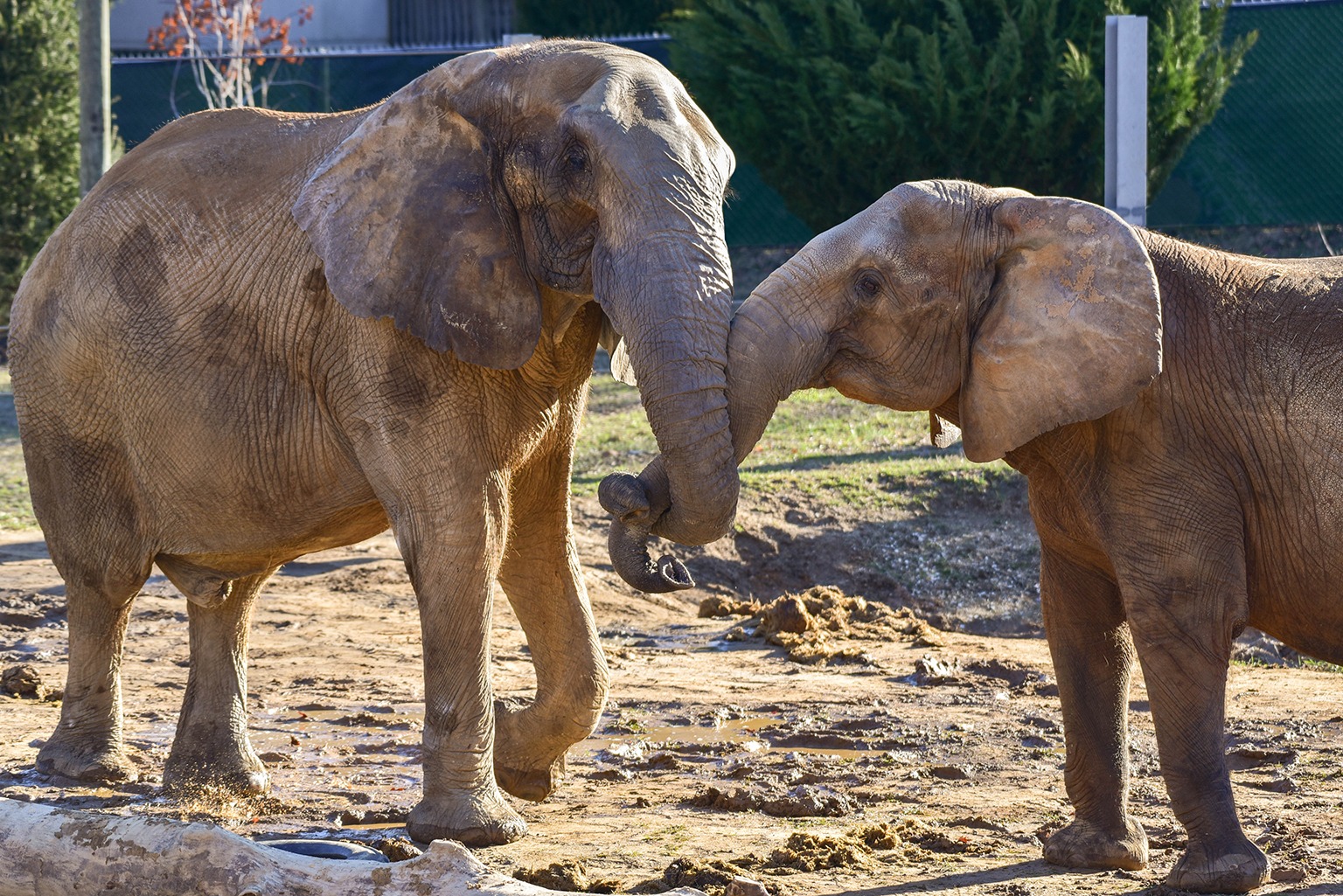
African Elephant The Maryland Zoo

African Elephant Facts For Kids Elephants African Animals
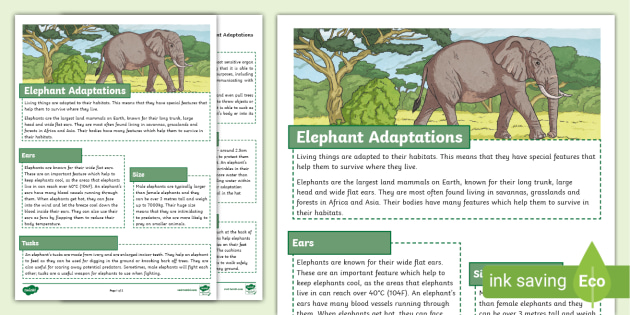
Ks2 Elephant Adaptations Fact File Teacher Made

Evolution Of Elephants By Camille Sanchez

Elephant Adaptations Lesson For Kids Video Lesson Transcript Study Com

Elephant Adaptations Lesson For Kids Video Lesson Transcript Study Com
.PNG)
.PNG)
Comments
Post a Comment